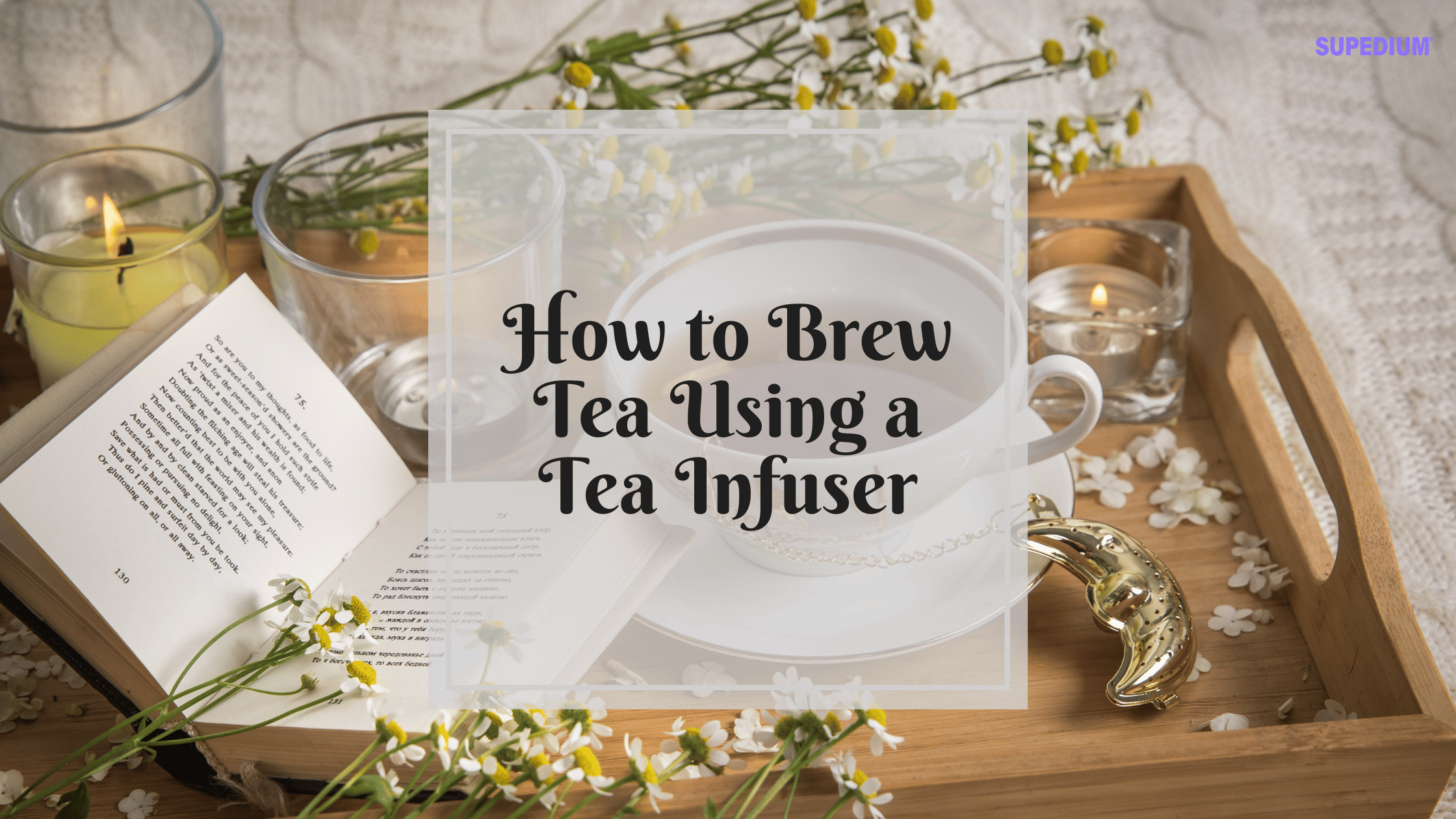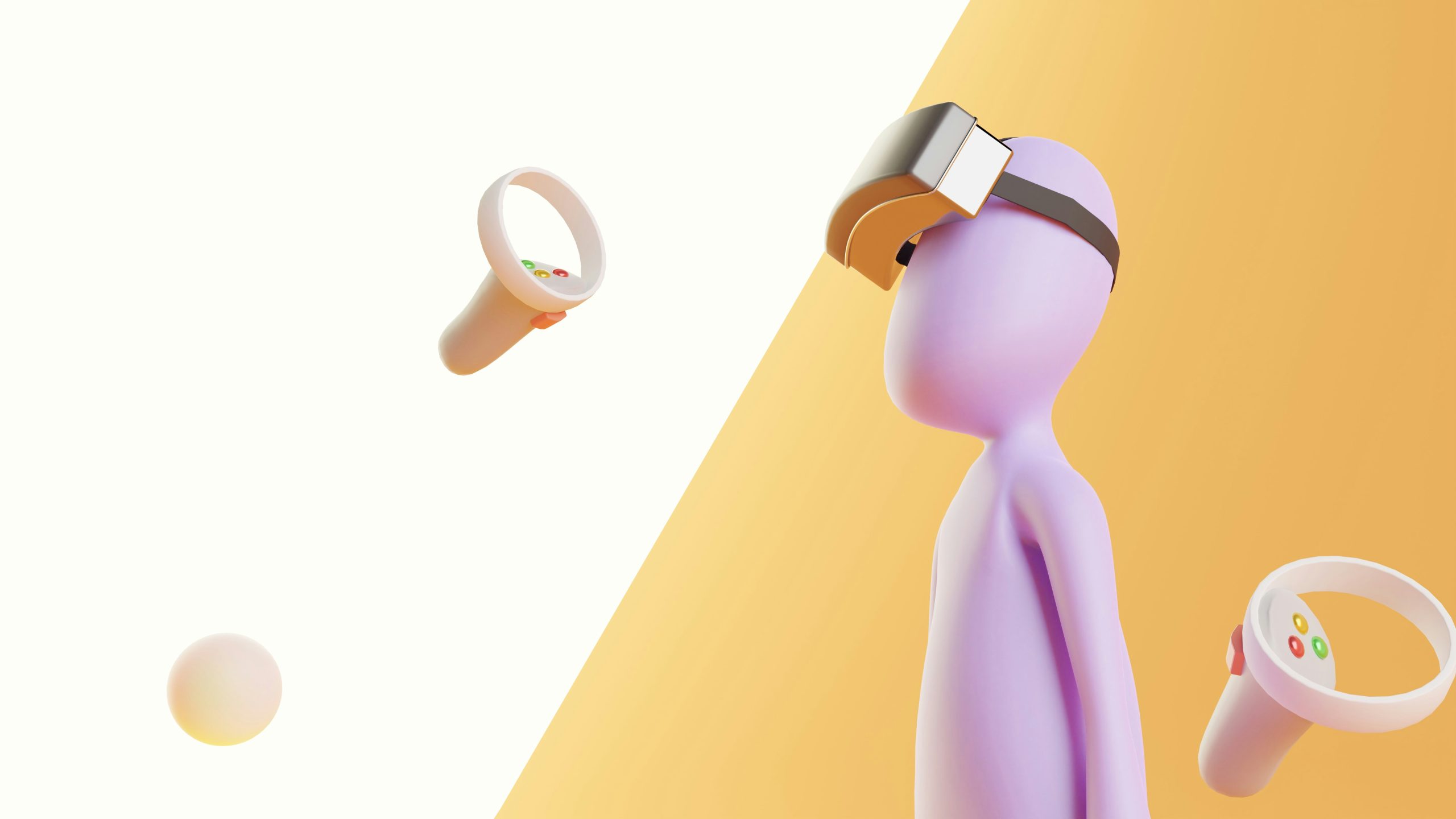![]()
Cyanobacteria are fascinating organisms in and of themselves. Cyano is one of the oldest fossils known, dating back over 3.5 billion years. This speaks volumes about its adaptability. It is one of the largest and most important groups of bacteria, despite the fact that we find it unsightly and it can be destructive to some extent in the marine tank. It is an important source of nitrogen fertiliser for rice and bean cultivation, among other things. It’s photosynthetic, which means it can make its own food while also producing oxygen. In our closed systems, it also feeds on organic materials. Not all of these organic substances can be removed by skimming, and aquarists frequently encounter cyanobacteria problems despite their best efforts, especially when their systems are first cycling and settling in. Slime algae can be blue-green, red, brown, or black in colour.
What is the root of the problem?
Excess organics in a system cause it, as previously stated. Excess feeding, overstocking, a lack of filtration, infrequent water changes, or excess nutrients from cycling a new system can all contribute to this. Long light cycles also encourage growth because it is photosynthetic.
What’s the best way to get rid of it?
The best way to combat cyano is to keep your tank in good shape. Regular water changes, excellent filtration, no overfeeding or overstocking, manual removal, and good water flow are all important. Regular water changes will aid in the removal of organics and the reduction of nitrate and phosphate levels, both of which are major fuel sources. Testing on a regular basis will help you maintain your level, but keep in mind that test kits can only measure inorganic phosphorus. If you see any phosphates in your tests, it means you have a lot of organic phosphates. Anything above 0.03ppm should be reduced as soon as possible. At this point, I feel compelled to add that using tap water may exacerbate the problem. It’s a good idea to test your tap water.
Because some tap water contains phosphates and nitrates, RO/DI water is required for top-offs and salt mixing. Adding more waterflow to your tank may also be beneficial. Cyano thrives in low-flow, stagnant environments. Manual removal is also an option. Using airline tubing to syphon cyano from your sand/gravel and rocks will help remove large amounts of cyano. Make sure to wipe any cyano from the tank’s sides as well. Reduce the amount of food you consume. The fact that the fish swim to the top of the tank like spoiled dogs begging for food doesn’t mean they need to be fed every time you pass by. It’s actually a good idea to skip a day of feeding. Many aquarists alternate feeding days. Phosphates are also abundant in commercially prepared foods. A good frozen food alternative is homemade frozen blender mush*. This is a preservative-free combination of fresh seafood and vitamins.
If feeding on a daily basis, feed small amounts so there isn’t a lot of leftover food. Before feeding frozen foods, thaw them in some tank water and drain them. Feeding invertebrates/corals should also be done with caution. It’s easy to overfeed, so don’t go overboard. Only a few animals will eat cyano, and only as a last resort. Some hermits are said to pick at it, and nerite snails are said to eat it, but strombus sp. is the only true consumer. It will also help if you introduce macros that will compete for the nutrients. Finally, cyano can be controlled with a variety of chemical products available on the market. These can be both a blessing and a curse. These fixes, while they may control and/or eliminate your cyanobacteria, are usually only temporary. Because cyano is so adaptable, it will often adjust to the new chemicals and reappear over time unless you change the conditions in your tank that are causing the problem in the first place.
Finally, cyanobacteria is not the end-all solution. In a new system, all kinds of algae are to be expected. When the tank first cycles, there is an excess of nutrients, resulting in much larger than necessary bacterial populations. The bacteria begin to die off once the nutrient load is reduced and fish (or inverts) are added. The nutrient-bound bacteria become an excellent source of algae fuel. If the conditions/removal suggestions are followed, these algaes subside naturally once the tank reaches a more static level (waste in/waste out), albeit unsightly for the short term. Regular water changes, careful feeding, limited supplement use, proper lighting, adequate filtration, circulation, and aeration, and the addition of macro algaes all help to limit nutrients. If you have a cyanobacteria outbreak, look for the source of the cyanobacteria. Things like a lack of competing algaes, an excess of chemicals and foods, and stagnant, low-oxygenated water are relatively simple fixes that are better for your tank’s long-term health.
Share This





Be the first to comment